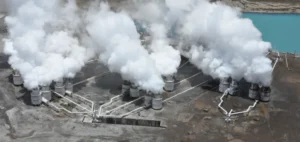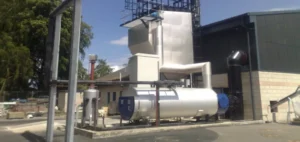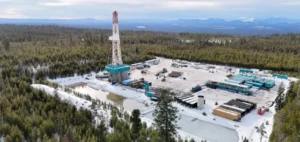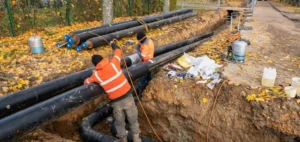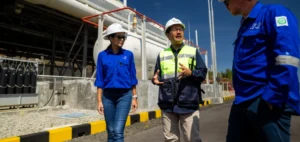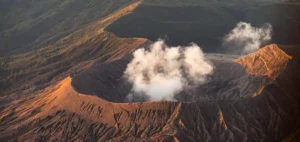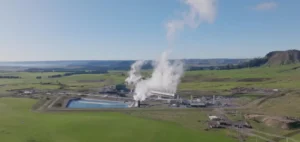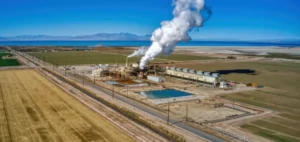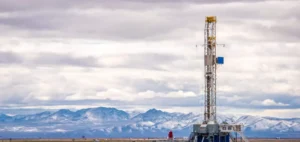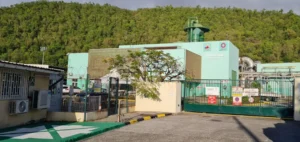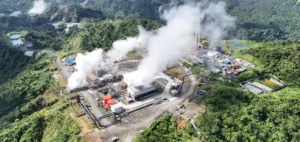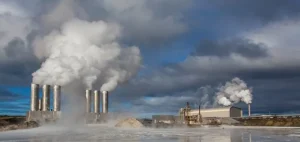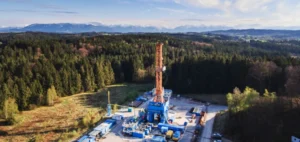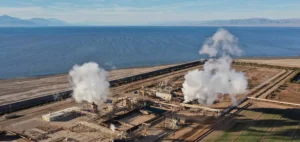Japan has the third largest geothermal resources in the world, with nearly 23 gigawatts of potential, but generates only 0.3% of its electricity from this renewable energy source. The owners of the onsens, the traditional Japanese hot water baths, are one of the main obstacles to their operation.
Untapped resources
With approximately 23 gigawatts of potential geothermal resources, Japan has the third largest geothermal resources in the world, behind the United States and Indonesia. Yet Japan produces only 0.3% of its electricity from this renewable energy source. The Japanese government has set a goal of producing 1% of its electricity from geothermal energy by 2030, but this seems unambitious given the country’s untapped potential.
Opposition of the owners of onsens
The owners of Japanese onsens, which attract millions of visitors each year, are generally opposed to the exploitation of geothermal energy. They are concerned that this will affect the quality and quantity of hot water used in their baths, which could hurt their business. However, the small town of Tsuchiyu-onsen has managed to reconcile geothermal exploitation with the supply of hot water to its local onsens. This town of 300 inhabitants has built a small geothermal power plant upstream from the village, above a pre-existing and ideally accessible hot water well. The conditions were described as “miraculous” by local officials, as the plant did not affect the quality or quantity of hot water used in local onsens. However, few cities have been able to follow this example.
High initial costs and concerns about interference
High initial costs and fears of onsens owners are the main obstacles to geothermal development in Japan. Onsen owners often refuse to discuss the possibility of a geothermal project in their neighborhoods, according to Kasumi Yasukawa, a manager in the geothermal division of Japan’s state-run energy security agency JOGMEC. Geothermal projects also involve significant upfront costs, a lot of uncertainty at the outset and lengthy administrative procedures. However, in recent years, the government has lifted some restrictions and now allows exploration of geothermal potential in national parks, where 80% of Japan’s geothermal resources reside.
Yoshiyasu Sato, vice president of the Japanese Onsen Association, believes that it is desirable that the momentum to develop geothermal energy be stopped in Japan. He refuses to consider it as “renewable energy”, citing examples of geothermal plants whose production capacity has decreased over time. The hot springs that supply the onsen are fragile, and their flow rate and temperatures can drop if they are overexploited, he points out. However, for Kasumi Yasukawa, these fears are only based on rumors, because if geothermal projects exploit groundwater reservoirs (aquifers), geothermal energy can be sustainable, without impacting the quality and quantity of water for onsen.
Geothermal energy, a misunderstood energy
In Japan, geothermal energy is poorly understood and accepted. Local communities are often concerned about seismic risks and environmental impacts. Yet geothermal energy offers many benefits, especially for local communities. The Tsuchiyu-onsen geothermal power plant, for example, offers free access to the local bus for children and senior citizens, supports its craftsmen and renovates abandoned buildings by selling the electricity generated. The surplus hot water from the plant has also been used to create a small freshwater shrimp farm, a new tourist attraction.
Thus, the challenge for the proponents of geothermal energy is to convince local communities of the economic and environmental benefits of this renewable energy source, while taking into account the concerns of onsen owners.




